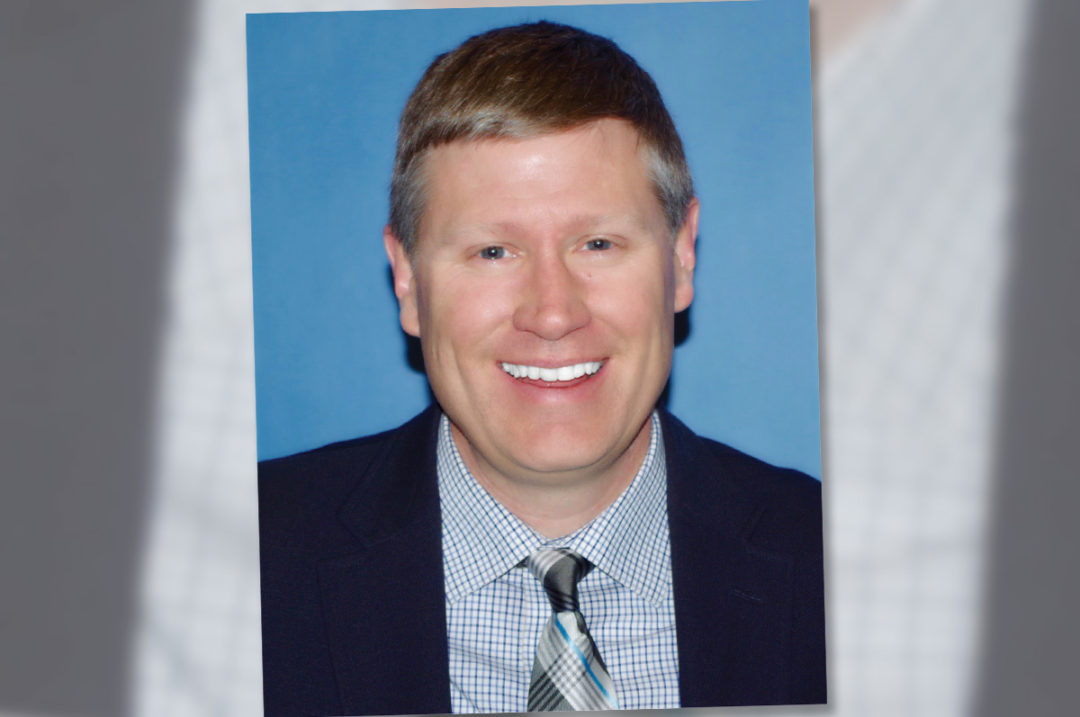Mathew Weaver was appointed by Gov. Brad Little as the new director of the Idaho Department of Water Resources (IDWR) last September. Weaver replaces Gary Spackman, who retired after 14 years of service. Ag Proud – Idaho’s Cassidy Woolsey caught up with Weaver to learn more about him, his priorities as director and other topics important for water users in the state of Idaho.
Can you share a bit about your background and experience in water management, and what inspired you to take on the role of director of IDWR?
WEAVER: I earned a bachelor's degree in civil engineering from Montana State University and worked in the field for about 10 years, focusing on various aspects of engineering design for municipalities, irrigation and development. Seeking a change, I pursued a master’s degree in hydrologic sciences and joined the department, where I've been for 16 years, and I have really enjoyed the work.
Starting off as a staff engineer, I progressed through different engineering tier grades. The former director appointed me as the deputy director, and I held that position for 10 years. This experience provided a solid understanding of the director’s responsibilities. I was inspired by the department’s mission, and I aim to build on the previous director’s successes, ensuring reliable groundwater and surface water resources for Idaho now and in the future.
Could you briefly explain the recent court-mandated change in water calculation affecting eastern Idaho farmers?
WEAVER: Unlike most Western states, Idaho combines the administration of groundwater and surface water through prior appropriation. The older the water right (more senior), the higher the entitlement over juniors. In eastern Idaho, the Snake River and the eastern Snake Plain aquifer form a hydrologically connected resource – a large groundwater system linked with a substantial surface water system. Electrification enabled pumping groundwater for irrigation, making groundwater use generally junior to senior surface water use.
In the Surface Water Coalition delivery call matter, senior water users from the Snake River, witnessing decades-long decline in the surface water system, filed a delivery call against groundwater users in 2005. Administering this call is ongoing, involving annual calculations of seniors' water needs, available water and assessing material injury. Junior groundwater users must mitigate or curtail if material injury is determined, which varies yearly based on water supply – more snow means fuller reservoirs, reducing injury likelihood.
Last year, we updated injury determination data in April, considering climate, snowpack and irrigation data due to climate changes and increased planting of water-consumptive crops. We use a groundwater model for curtailment data, shifting from steady-state to transient-state model deployment, focusing on the current irrigation season rather than a distant future date. This significant change impacted water volume and injury determination frequency. The 2023 changes affected the magnitude and frequency of injury determinations.
How will the newly constructed aquifer-recharge basin near Idaho Falls contribute to addressing the depletion of the Snake River aquifer and help in balancing the ongoing challenges of water conservation and reliability in the region?
WEAVER: Building critical infrastructure is vital for ensuring Idaho's future water resources. Historically, a significant amount of water has flowed out of the state, untapped. Over the past 15 years, focused efforts in infrastructure development, water recharge and individual contributions have increased our capacity to recharge an average of 100,000 to 200,000 acre-feet annually. However, ongoing infrastructure development is crucial to elevate this number. The goal is to achieve 250,000 acre-feet of recharge per year.
Ideally, we want to redirect most water flowing out of the state during good water years toward recharges. This doesn't infringe on existing water rights or consumption; it simply captures water that would otherwise be lost, retaining it in our aquifers for future use. That’s a fundamental mission my department needs to be committed to going forward. This project is the latest example of the joint effort of water users and the state in creating spaces for water recharge. I think this was a good project, and we need to continue to build more like it.
How does IDWR plan to address the challenge of a growing population and economic base with finite water resources?
WEAVER: As director, my role is straightforward: Seniors receive water priority, and when all the water is used, juniors get curtailed. Pretty harsh plan, right? What we need to be doing is augmenting those water supplies and providing markets so that when there isn’t enough water for everyone, there are markets available to move water around to meet the greatest need.
We can augment water supplies through recharging and cloud seeding. Our department, along with the Idaho Water Resources Board and the state of Idaho, are committed to these long-term endeavors, and those programs are fully funded right now. We’ve established a water supply bank, storage rental pools and administrative transfer processes, providing flexibility for water users in times of need.
Conservation is another piece in addressing future needs, but we must ensure genuine savings without negatively impacting seniors or existing users. Additionally, we must avoid situations where water conservation efforts paradoxically result in increased water usage.
What are some lesser-known yet significant issues pertaining to your office that you believe are important for the agricultural community to be aware of?
WEAVER: I think ensuring the completion of water rights adjudication in Idaho is crucial. This process involves bringing water rights to court, where water rights are decreed, providing certainty on entitlements and associated elements with that water use. While we’ve achieved the monumental undertaking of adjudicating all the water rights in the Snake River Basin, our efforts continue in northern Idaho, the Bear River Basin and, hopefully, the Kootenai River Basin. Doing so will give Idaho certainty as to how all the water use occurs. It also gives us water rights that have been decreed, which we can point to in the context of water disputes.
In your role, what common misconceptions do you encounter the most about your office or authority?
WEAVER: One misconception is that the department makes decisions affecting water users based on its own interests. To those frustrated with some of the controversial decisions our department issues, I want to emphasize that everything we do is within the context of the law. We believe our decisions align with the law, and when challenged in courts, we want to ensure our practices comply. We have a good track record in the last several decades of not getting overturned by the courts. I think that reflects our understanding and adherence to the law. Certainly, I hope people don't ever feel that the department is motivated in the decisions surrounding management, administration and curtailment. We're motivated strictly by adhering to the law and would welcome legal challenges when people feel that we've erred.






.jpg?height=auto&t=1713304395&width=285)
.jpg?height=auto&t=1713198780&width=285)
